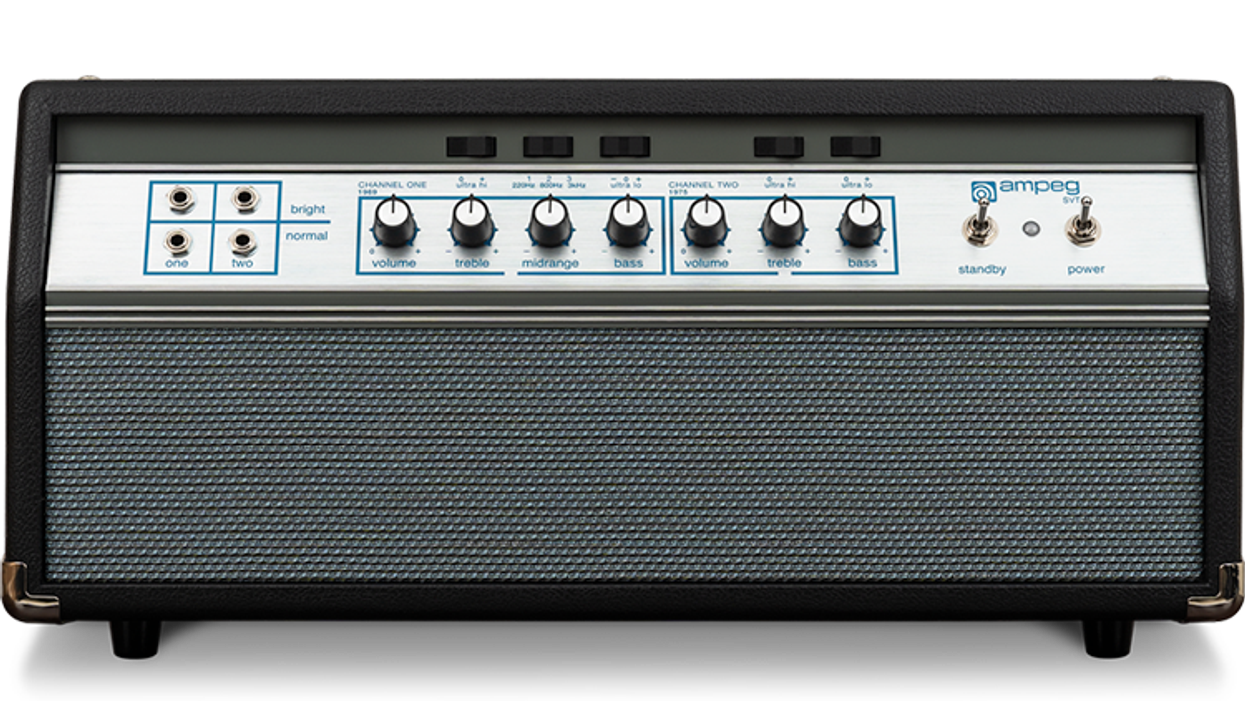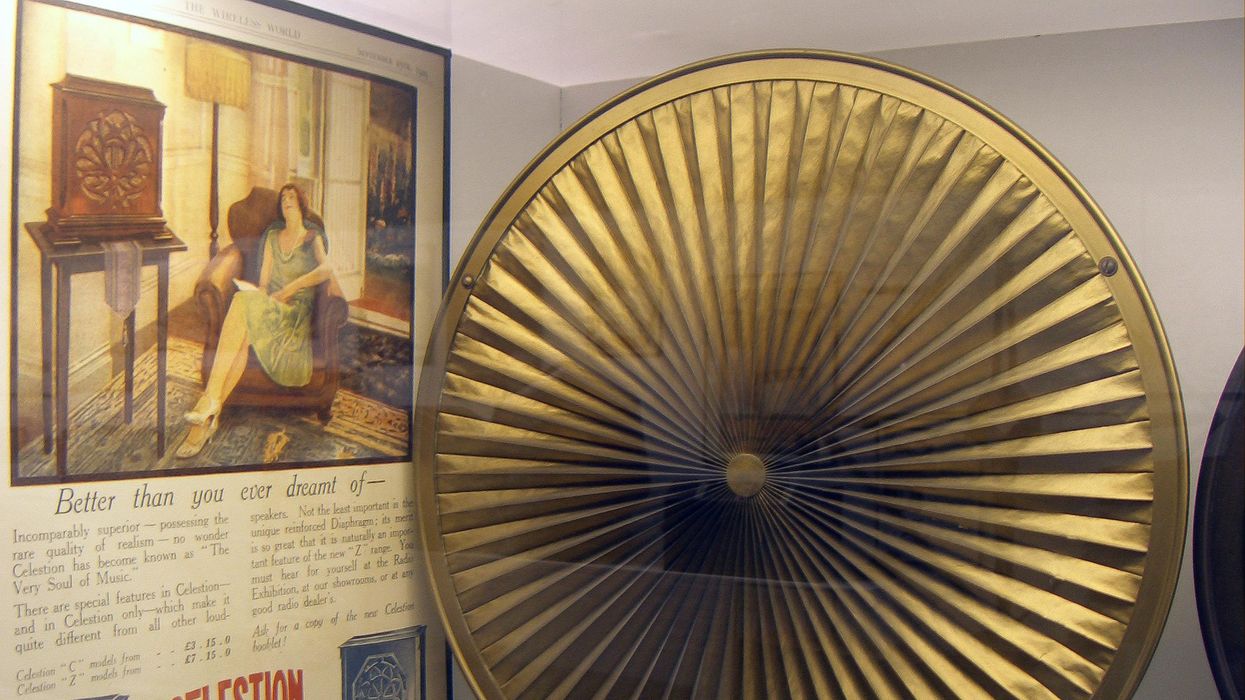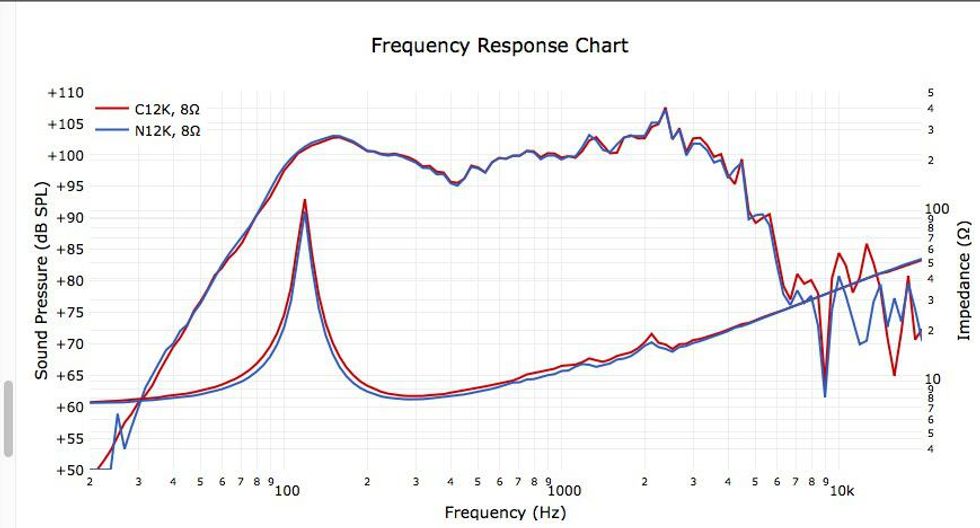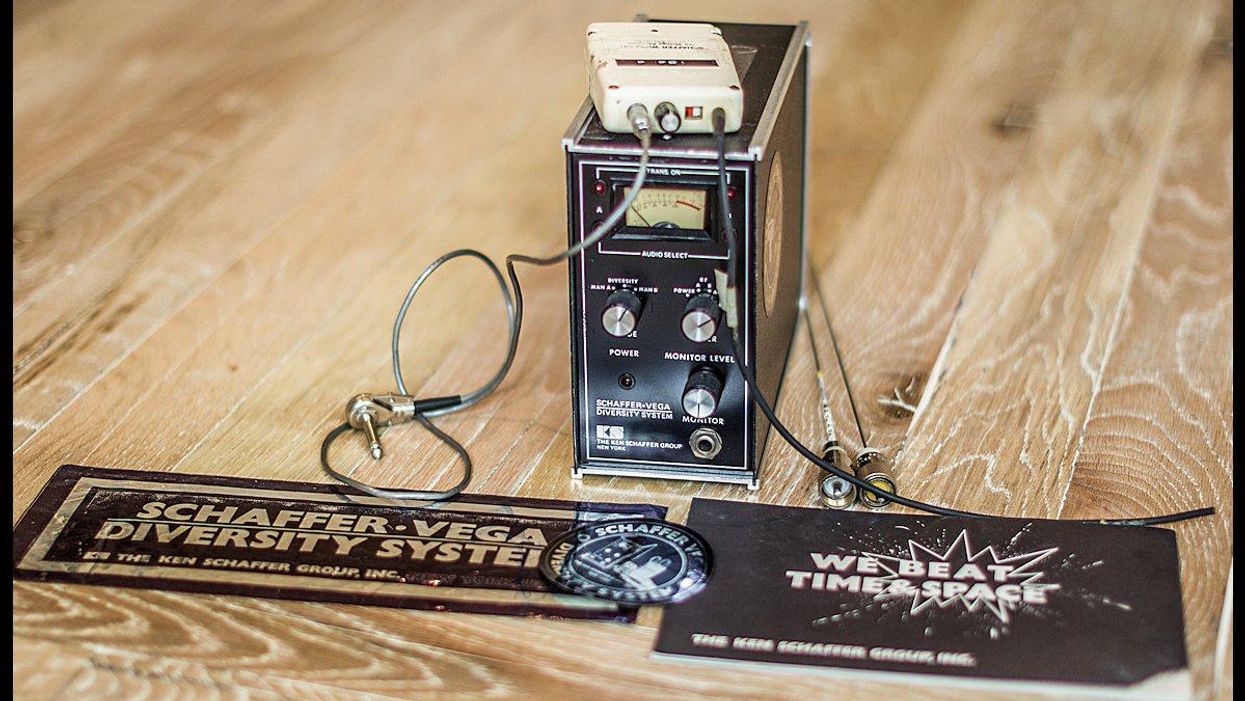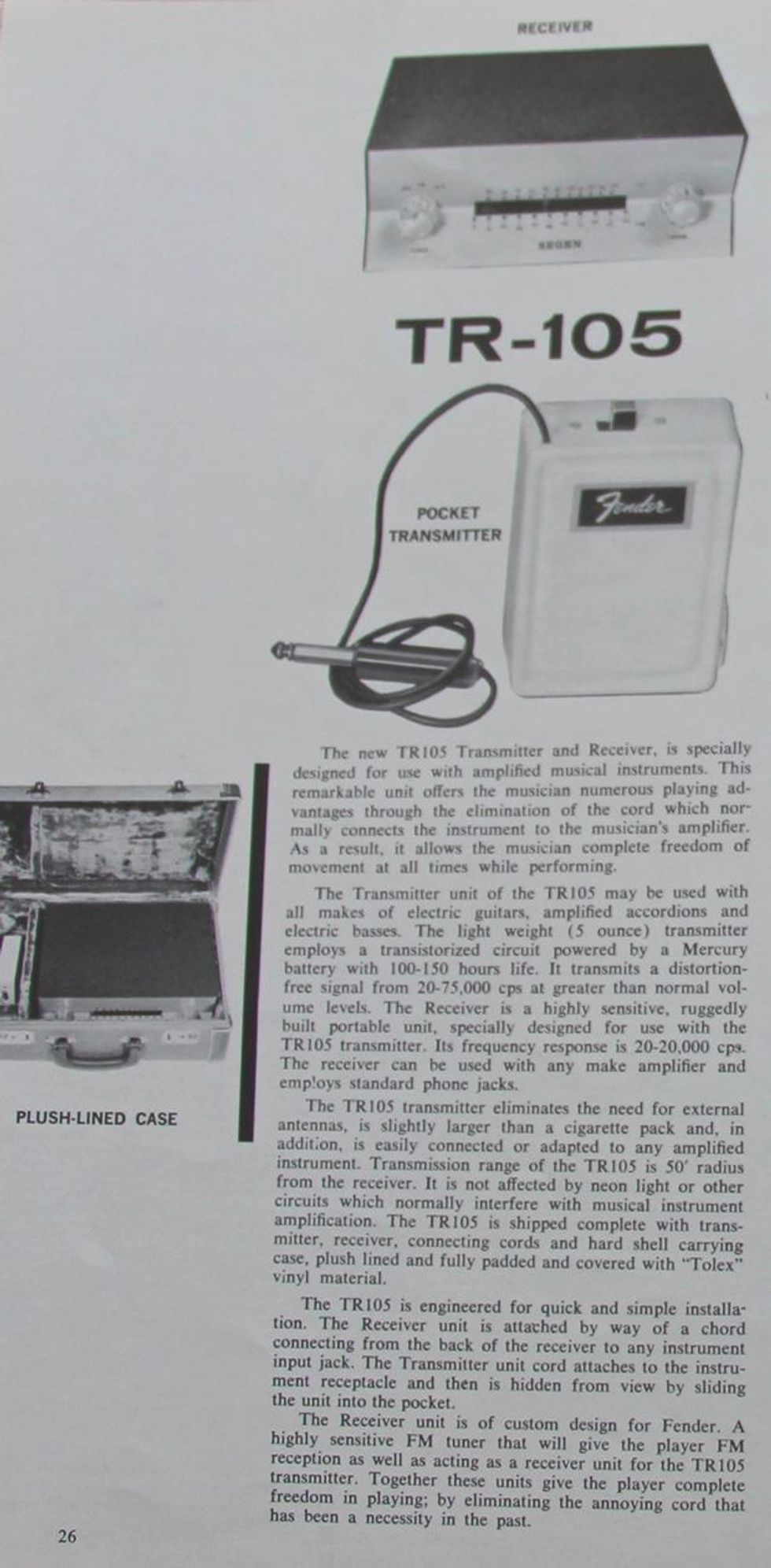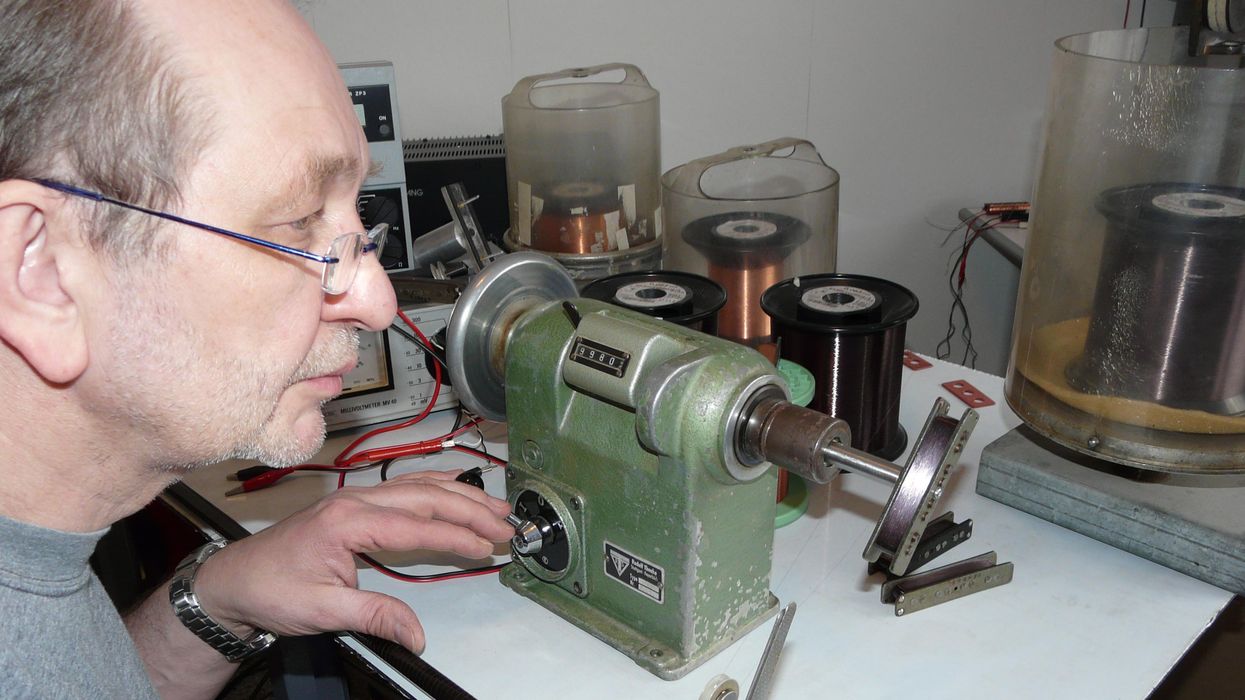We all have a few moments in our musical journeys that we'll always remember—from the first (or worst) gig to the people we've met and played with. One of my most memorable was my first time in a well-equipped recording studio, especially upon hearing my bass through some huge JBL studio monitors in the control room. When the tone kicked in with previously unknown dynamics and my notes had an abrupt end with no echo or delay, it was worlds away from what I knew from rehearsals. I loved how the notes chimed in with no build-up time or decay. Of course, it all had nothing to do with my abilities. It was simply just the excellent room acoustics that we weren't able to create in our rehearsal room.
Studios have that special atmosphere of an acoustically dead room, and nailing egg cartons or carpets on the wall isn't really going to accomplish the same thing. Sure, that may dampen the sound, but it's the upper end—not the low end—that causes the majority of problems in room acoustics. So getting that bass range under control will require more than egg cartons and stinky carpets, but it's worth it, even in a rehearsal room.
It's common to look at frequencies of up to 300 Hz as the low range, but keep in mind that a guitar's B-string has a fundamental frequency of roughly 250 Hz. So, if your band is going to invest in acoustic improvements, the guitarist has to pay his share and so does the drummer!
Every room has its modal responses, aka “eigenmodes," where—as opposed to a free field—waves will be bounced back from the walls and mix with those of the signal source. This is called wave cancellation and happens at all frequencies. However, due to the long wavelength of low notes, the points of a low-end signal's buildup of sound pressure (constructive interference) and cancellation (destructive interference) are much further apart, making them way more noticeable. In fact, this makes it impossible to hear all bass frequencies (not just the eigenmodes) at the same volume at every point in a room.
The effect is called Speaker Boundary Interference Response (SBIR), and the peaks and nulls it creates are entirely due to the distances of various surfaces in a room. The problem is that we not only have a lot of sound sources in a typical rehearsal room, but our low-end bass signal is omnidirectional. High frequencies spread more like a directed beam, while low frequencies spread in all directions from the source, which means that we have to take far more boundaries into account. It's not just the wall the speaker is pointing at, but also the one behind it. This causes a multitude of problematic frequencies at different points in the room, and can give the phrase “I can't hear my bass!" literal meaning.
Unfortunately, it doesn't end there, as there is also a lesser-known effect that is simply annoying for everyone trying to keep a groove. We know we can get extended decays at different points in a room, but this effect doesn't just result in a different tonal perception at different locations or a decay or sort of echo when the signal stops. The very same decay is happening when the tone builds up. And it can easily be as long as a fraction of a second. So much for playing in time!
Studios take on great effort and expense to get these effects under control, since recording or rehearsing in a free field isn't normally an alternative. Otherwise, the sound of productions would be highly dependent on the rooms they're recorded and mixed in.
Next month, let's explore the possibilities and limits of studios, and see some options for smaller budgets.








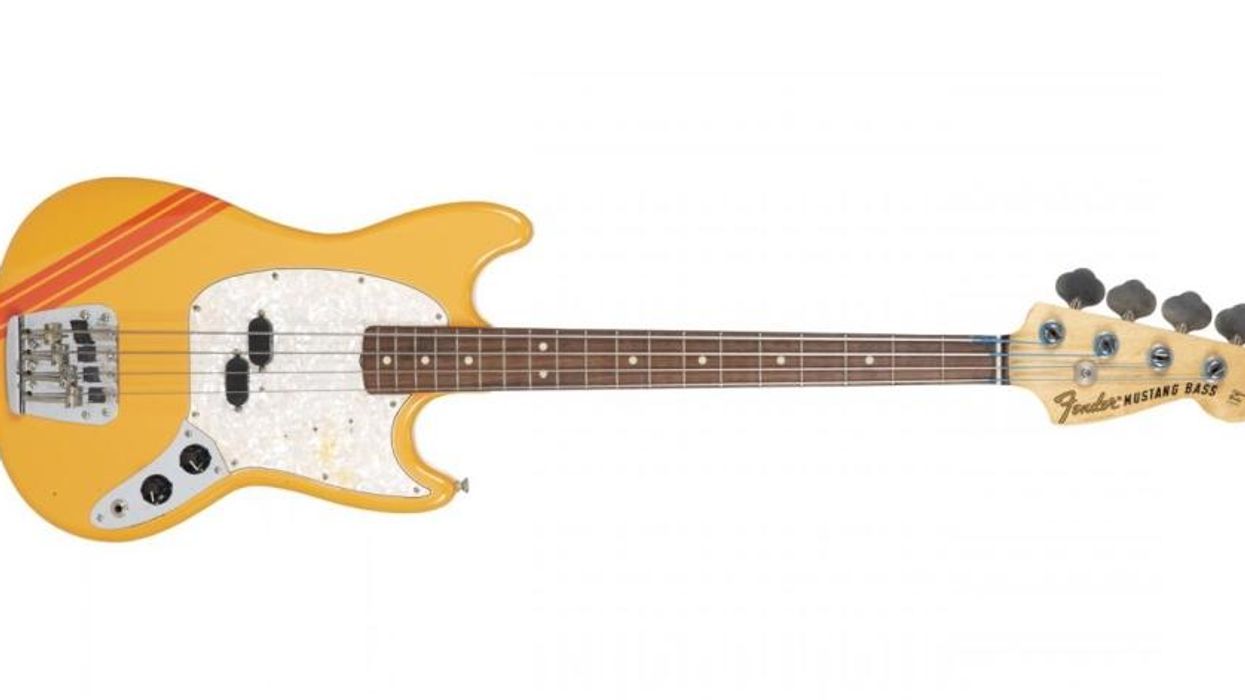


![Rig Rundown: Russian Circles’ Mike Sullivan [2025]](https://www.premierguitar.com/media-library/youtube.jpg?id=62303631&width=1245&height=700&quality=70&coordinates=0%2C0%2C0%2C0)




